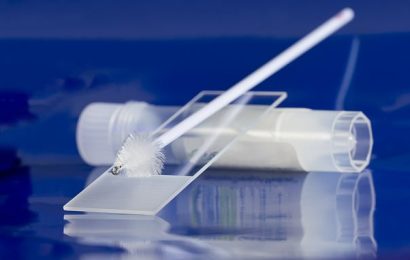
A semi-automatic phone triage system designed to help people with chest discomfort during the out of hours period is unsafe and unreliable, according to research published in the journal Open Heart.
The severity of more than a quarter (27%) of patients with a serious heart condition was underestimated by the phone system and input from nurses was needed to ensure patients were better assessed, researchers from the Netherlands found.
Adequate triage followed by early diagnosis is crucial for patients with acute chest discomfort who might have an acute coronary syndrome (ACS) such as a heart attack or other life-threatening events such as pulmonary embolism (a blood clot in the lung).
Telephone triage of such patients is sometimes provided by primary care out-of-hours services or emergency medical services but it can be challenging because, based on symptoms only, it is difficult to differentiate acute coronary syndrome and other life threatening events from other causes of chest pain.
Most Western countries use a semi-automatic computer triage system to support telephone decision making in which triage nurses complete a standard list of questions ranked by importance that pops up after they choose the patient’s main complaint in the computer system, and the computer automatically generates a recommended level of urgency.
Since 2011, most out-of-hours primary care in the Netherlands and half of the emergency medical services use the Netherlands Triage System (NTS) which aims to guarantee efficient and safe care.
The NTS appears to be safe with a very low rate of serious adverse events but the accuracy of semi-automatic assisted telephone triage with the Netherlands system in out-of-hours primary care has never been validated against clinical outcomes.
Therefore, a team of researchers from the Julius Center for Health Sciences and Primary Care in Utrecht, set out to assess the accuracy of telephone triage for patients with chest discomfort who called the service.
Both the accuracy of the NTS tool and the “final” urgency, including overruling by the triage nurses, were evaluated.
They carried out a cross-sectional study of telephone conversations with 2,023 patients with acute chest discomfort (pain, pressure, tightness or discomfort) who called out-of-hours services for primary care between 2014 and 2016.
Eventual diagnoses were gathered from the patients’ medical records in general practice, including hospital specialists’ discharge letters.
Analysis of the results showed that of the 2,023 patients who called, 227 (11.2%) had acute coronary syndrome (men 14.9%, women 8.2%) and 58 (2.9%) had another life-threatening event (men 3.6%, women 2.3%).
The researchers found that the safety and efficiency of the NTS decision support tool was poor for telephone triage in patients with acute chest discomfort.
The tool underestimated the level of urgency in 27% of patients with acute coronary syndrome and other life-threatening events.
In 13.2% of the calls, the triage nurse overruled the NTS urgency, mostly by upscaling (11%).
When the tool was overruled by nurses, this improved safety but there were still 14% of people with these serious cardiac situations who were allocated too low a level of urgency while efficiency remained poor.
The researchers acknowledged that a low urgency allocation did not necessarily mean the acute coronary syndrome was being missed, but there was an undesirable risk to patient safety with the hazard of life-threatening ventricular arrhythmias and sudden death due to severe pumping failure of the heart in those having a heart attack.
They concluded: “Primary care semi-automatic assisted telephone triage of patients with chest discomfort is not safe or efficient.
Source: Read Full Article


